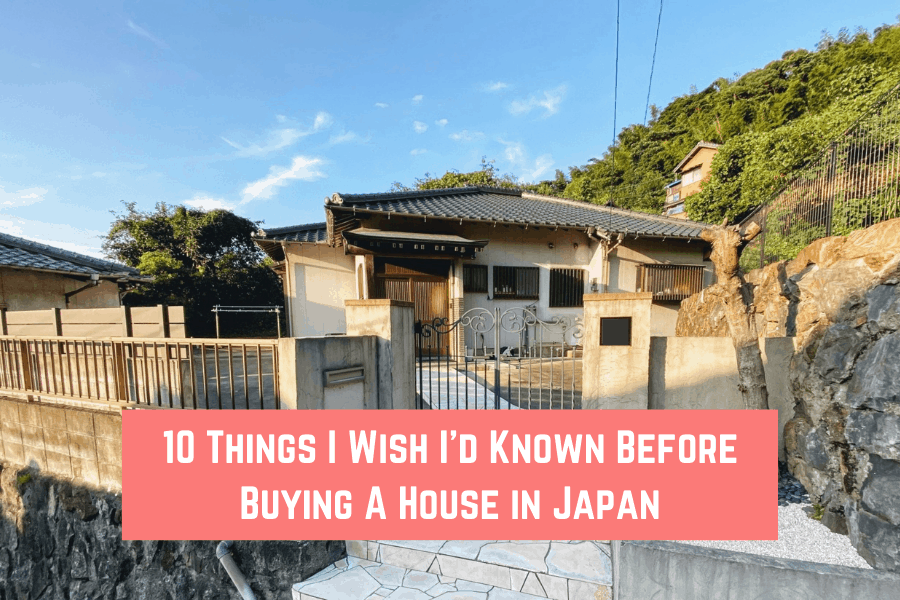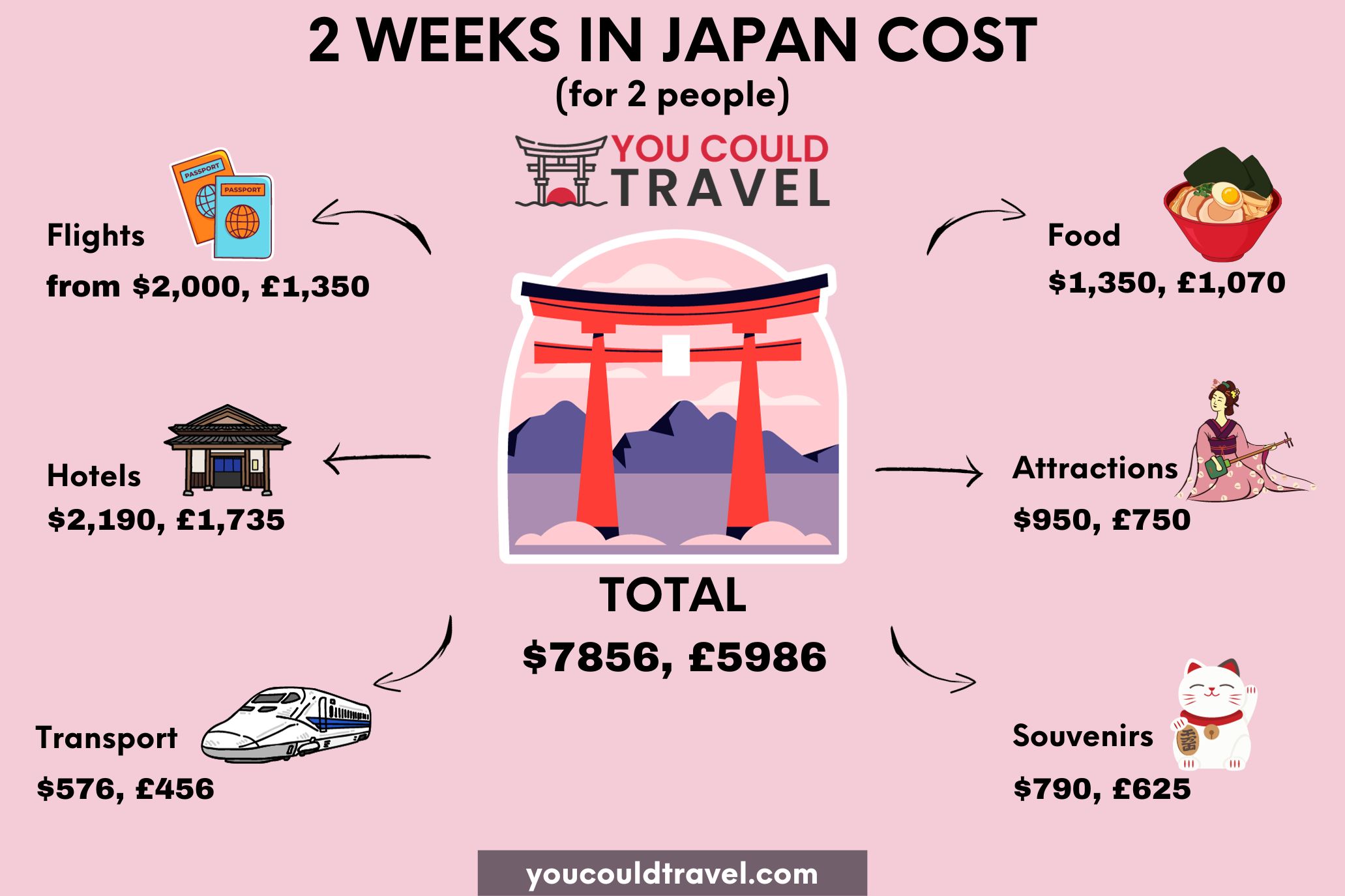
When it comes to Japanese cuisine, many people may think of healthy options like sushi, sashimi, and miso soup. However, not all Japanese foods are created equal in terms of healthiness. In fact, some Japanese dishes can be quite unhealthy due to their high fat, sugar, and sodium content. So, what is the unhealthiest food in Japan?
One contender for the title of the unhealthiest food in Japan is ramen. While ramen is a popular and delicious dish, it is also considered to be one of the least healthy options in Japanese cuisine. This is primarily due to the high content of sodium in the broth, as well as the fried and fatty toppings that are often included in the dish.
Another reason why ramen is considered unhealthy is because it is typically high in calories. A typical bowl of ramen can contain anywhere from 500 to 1000 calories, depending on the ingredients and portion size. This can make it easy to consume more calories than you realize when enjoying a bowl of ramen.
Furthermore, ramen is often lacking in nutritional value. While it may be satisfying and filling, it is not necessarily a balanced meal. Ramen is typically low in protein, fiber, vitamins, and minerals, which are all important components of a healthy diet.
It's worth noting that the unhealthiness of ramen can vary depending on how it is prepared and what ingredients are used. For example, some healthier versions of ramen may use a lighter broth, leaner protein sources, and more vegetables. However, traditional ramen dishes with rich, fatty broths and heavy toppings are typically the least healthy options.
Overall, while ramen is undeniably delicious, it is also considered to be one of the unhealthiest foods in Japan. If you are looking to enjoy Japanese cuisine while maintaining a healthy diet, it may be best to indulge in ramen in moderation and opt for healthier alternatives when possible.



